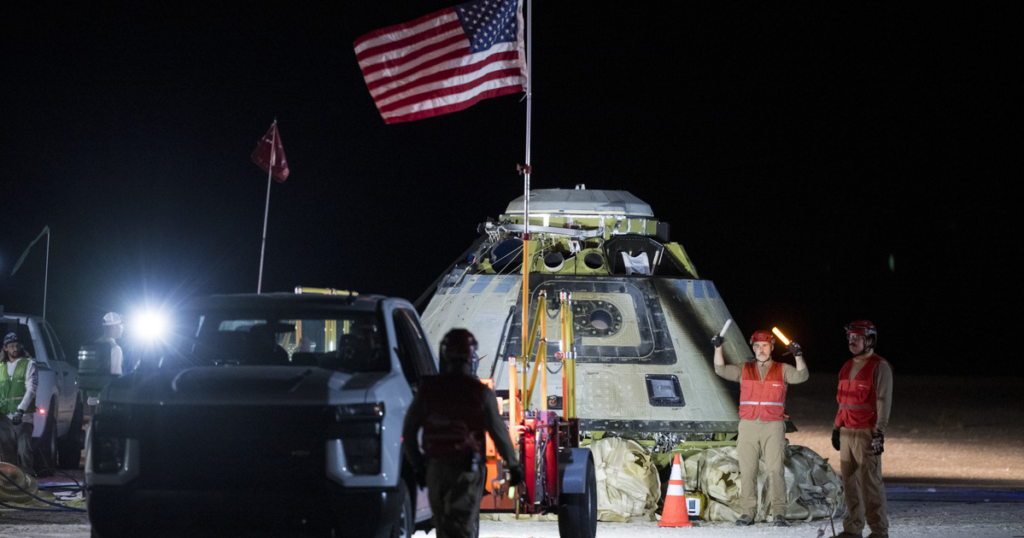In a significant development in the space industry, NASA has announced that it will no longer use Boeing’s spacecraft for its upcoming missions. This decision comes after years of collaboration between NASA and Boeing, with Boeing’s Starliner capsule being one of the primary vehicles for transporting astronauts to the International Space Station (ISS).

Reasons Behind NASA’s Decision
NASA’s decision to halt the use of Boeing’s spacecraft stems from various technical and performance issues encountered during recent missions. Despite the initial promise of the Boeing Starliner, the spacecraft has faced multiple delays and setbacks, including software malfunctions and safety concerns during test flights. These problems have raised questions about the reliability of the spacecraft and prompted NASA to explore alternative options.
NASA has emphasized the importance of safety and reliability in its space missions, and these issues with Boeing’s spacecraft have forced the space agency to reconsider its partnerships.
The Rise of SpaceX as a Preferred Partner
As NASA phases out the use of Boeing’s spacecraft, SpaceX’s Crew Dragon capsule has emerged as a reliable alternative. SpaceX, led by Elon Musk, has successfully completed several manned missions to the ISS, earning NASA’s confidence in its technology and operational capabilities. The Crew Dragon has demonstrated consistent performance, safety, and cost-efficiency, making it NASA’s primary choice for crewed space missions moving forward.
This shift marks a significant milestone for SpaceX, further solidifying its position as a leader in the commercial space sector.
Impact on Boeing’s Space Division
Boeing’s space division, which has traditionally been a key player in NASA’s manned spaceflight program, is facing significant challenges in light of NASA’s decision. The Starliner project, once seen as a competitor to SpaceX’s Crew Dragon, has struggled to keep up with its rival, and this development will likely lead to reevaluation within Boeing.
The company will need to address the technical shortcomings of its spacecraft and possibly refocus its efforts on other areas of space exploration, such as satellite technology or deep-space missions.
NASA’s Future Exploration Goals
Despite the challenges faced with Boeing, NASA continues to push forward with its ambitious space exploration goals. The Artemis program, aimed at returning humans to the Moon and eventually sending astronauts to Mars, remains a top priority. NASA is also investing in new technologies and partnerships to enhance space exploration efforts and reduce the cost of space travel.
With the success of SpaceX and other private aerospace companies, NASA is increasingly looking to collaborate with a diverse range of partners to achieve its objectives.
Conclusion
NASA’s decision to stop using Boeing’s spacecraft is a major shift in the space industry, reflecting the growing dominance of SpaceX in manned space missions. While Boeing faces challenges in its space endeavors, the move highlights NASA’s commitment to safety, reliability, and the future of space exploration.
About The Author
You may also like
-
The Economy is Booming Thanks to Eighty Percent Workforce Participation
-
How COVID-19 Transformed the Way Americans and Europeans Manage Money
-
Two Hospitalized in Germany on Suspicion of Marburg Virus Infection: What We Know So Far
-
Researchers Discover Over 40 Mysterious Circular Formations at the Bottom of the Lake: Unveiling the Enigma
-
Netflix Faces Boycott Over CEO’s Support for Kamala Harris: What You Need to Know
